Among early Chinese Buddhist travelers to India, the names of three stand out: Fa-Hsien (340?-420?; Japanese pronunciation, Kokken), Hsuan-tsang (660-664; J., Genjo), and I-Tsing (635-713; J. Gijo). Both Fa-hsien and Hsuan-tsang were able to use an overland route to India, but by the time I-tsing set out in 671 C.E. that option had been closed by the Arabs. But the detour did have a bonus: had I-Tsing been able to go directly to India, as he would have preferred, he would not have seen the Malay Archipelago and left us this unique record. The Chinese text of I-Tsing’s Nan-hai-chi-kuei-nei-fa-ch’uam (J. Nankai Kiknai hoden) is to be found in vol. 54 of the Taishno Issaikyo, T. 2125. The reader should not be put off by the fact that this is a reprint of a translation which first appeared in 1896. The translator was the famous Japanese scholar Juniro Takakusu (1866-1945), whose Essentials of Buddhist Philosophy from the perspective of sectarian developments in Japan. The text is packed with notes, and even a sprinkling of Chinese characters, as necessary. The contents are detailed and as might be expected from the title.
A Record of the Buddhist Religion As Practised in India and The Malay Archipelago (A.D. 671-695)
After the introduction of ...
$36.00
$40.00


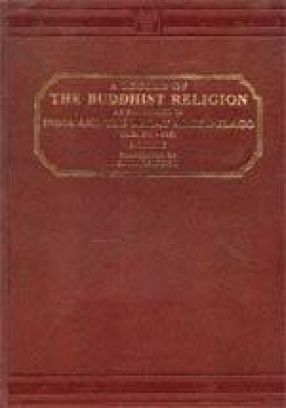
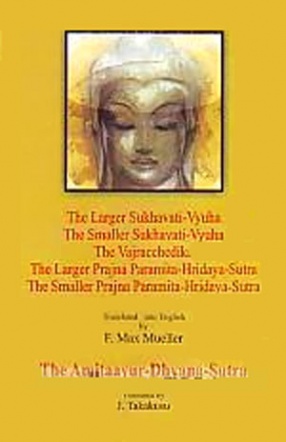
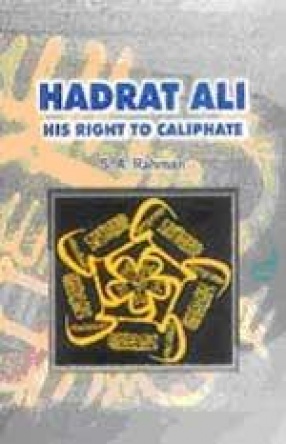
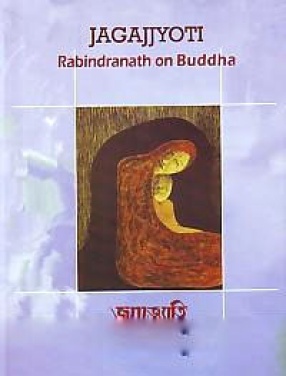
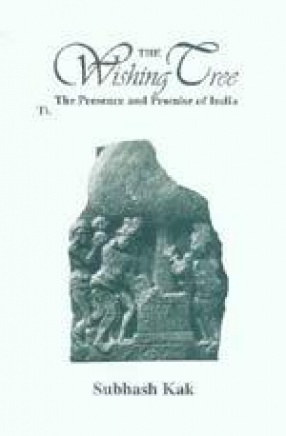
There are no reviews yet.